Mini Intruder Flies Dressed on Needle Tubes
The Intruder is a style of fly developed on the Pacific North West rivers of Canada and the USA. Since its introduction to the angling world by Ed Ward and Jerry French in the nineteen nineties, the theme – of a large yet light, sparse and mobile “intrusive” lure – has been developed by innovative steelhead and salmon anglers to create a whole variety of beautiful flies, appealing as much to the angler’s sense of aesthetic beauty as they do to the fish. Originally dressed on long shank hooks, then on Waddington and other wire shanks, with a single hook trailing behind, recent years have seen the Intruder dressed increasingly on tubes.
Intruder Flies may be usefully dressed on tubes of various sizes, weights and materials, according to species, season and river conditions. Intruders for winter fishing might measure anything up to about six inches in length, while those dressed for summer fishing in low water are likely to be very much smaller. The general Intruder style is very attractive and might be adapted to the tying of flies for a whole range of species, from Pacific salmon and steelhead, to Atlantic salmon and sea trout. Tubes lend themselves well to this style of fly. Furthermore, a tube, in my experience, is much more easily dressed than a Waddington shank with a trailing hook. The hook is also more readily changed or replaced when damaged.
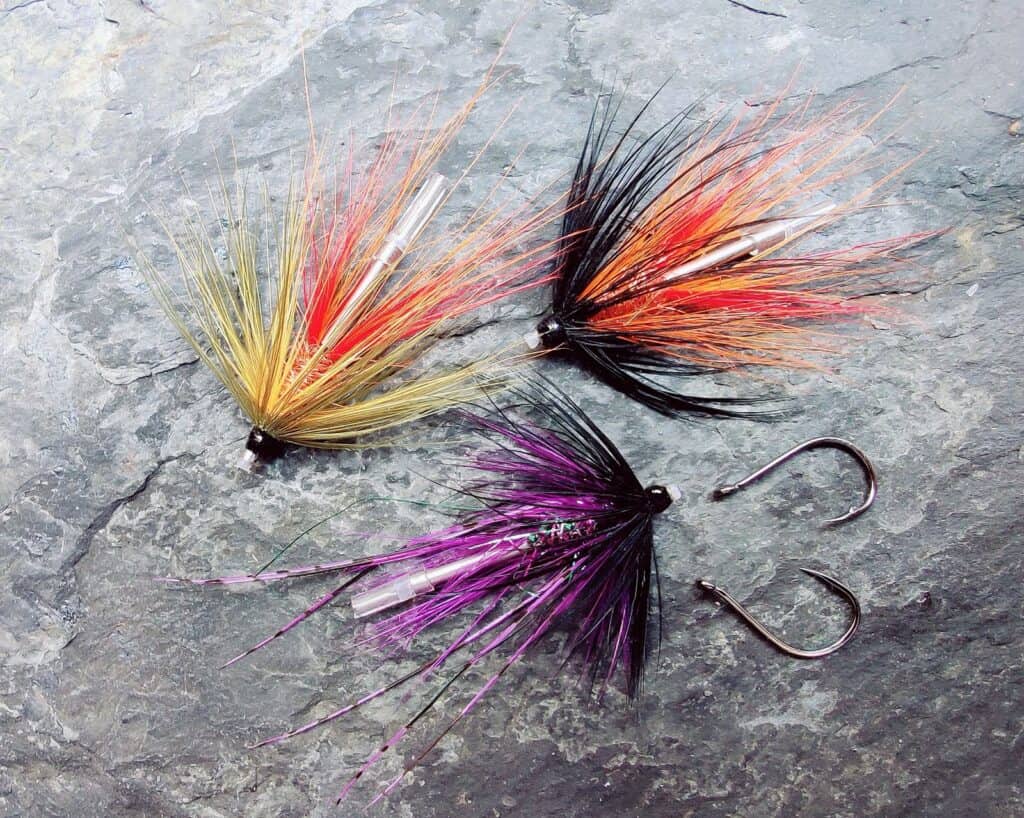
Advantages of Needle Tubes over Waddington Shanks
Waddington shanks have been popular for many decades with those fly tyers aiming to create a long slim lure for Atlantic salmon or sea trout which will sink readily to a good fishing depth, or to create a large yet sparse, mobile and lightweight lure, as in the intruder style of fly for Pacific salmon and steelhead. In the tying of intruder flies, the Waddington shank (as with other wire shanks) is used in conjunction with a flexible loop, of nylon, braid or wire, to which a detachable hook is fitted. Such an arrangement has inherent disadvantages.
The fixing of the flexible loop and the dressing of the shank can be a fiddly business, while its stability, orientation and durability when fishing cannot always be relied upon. The hook may not always lie straight, directly in line with the fly; a loop of soft braid may similarly hang down below the horizontal and may have to be somehow stiffened, for example by reinforcing it with a silicone or PVC tube linked to the rear end of the wire shank; while a wire loop may be prone to kinking. In addition to these problems, the dressing on the wire shank, over which so much care, time and attention has been taken, may be easily damaged by a fish’s sharp teeth.
In my view, an ultra-slim stainless steel Needle Tube offers a simpler, more practical, and equally effective solution to the tying of the Intruder style of lure. The use of a Needle Tube as a base for Intruder flies offers the following advantages:
- The Needle Tube is of similar diameter and weight to a Waddington shank of the same length and will be as easily cast, will sink as readily and will fish at a similar depth.
- The tube is more easily dressed than a wire shank, which requires the fitting of a trailing loop and hook.
- If the fly requires a silver body, the stainless steel shank of the Needle Tube need not be dressed, creating a shiny, durable fly body.
- The hook can be changed, or replaced when damaged, more easily than the hook on a Waddington lure.
- The tube is likely to slide up the line when a fish is hooked, reducing the likelihood of damage to the fly, particularly if using a free-swinging hook.
Here I have dressed a few Mini Intruders, intended for salmon or sea trout on British and Irish rivers. They are dressed on 25mm (one inch) long stainless steel Needle Tubes and have a total overall length of about one and a half inches, from head to the bend of the attached single hook, a good length for general fishing for Atlantic salmon or for nighttime sea trout. They might also be effective for summer fishing for Pacific Salmon and steelhead on the rivers of the Pacific North West or the Great Lakes. The use of a slim stainless steel Needle Tube, with an outside diameter of only 1.5mm, allows the creation of a lure similar in weight and profile to one dressed on a Waddington shank, but with the practicality and ease of dressing of a tube fly. See Intruder Tube Flies .
Mini Intruder Tube Flies
Each Mini Intruder illustrated below has been dressed on a one inch long stainless steel Needle Tube, 1.5mm outside diameter. The total fly length is about 1.5 inches. Materials used in most are fairly simple, comprising soft hackles or hackle fibres, perhaps some fine hair such as Arctic fox or squirrel tail. Some have a bit of added flash or a few Lady Amherst pheasant tail fibres. I have tried to create mobility without over-dressing the flies – sometimes a difficult balance to achieve and my flies often end up more heavily dressed than I would like. “Less is More” is usually a good general rule in fly tying.
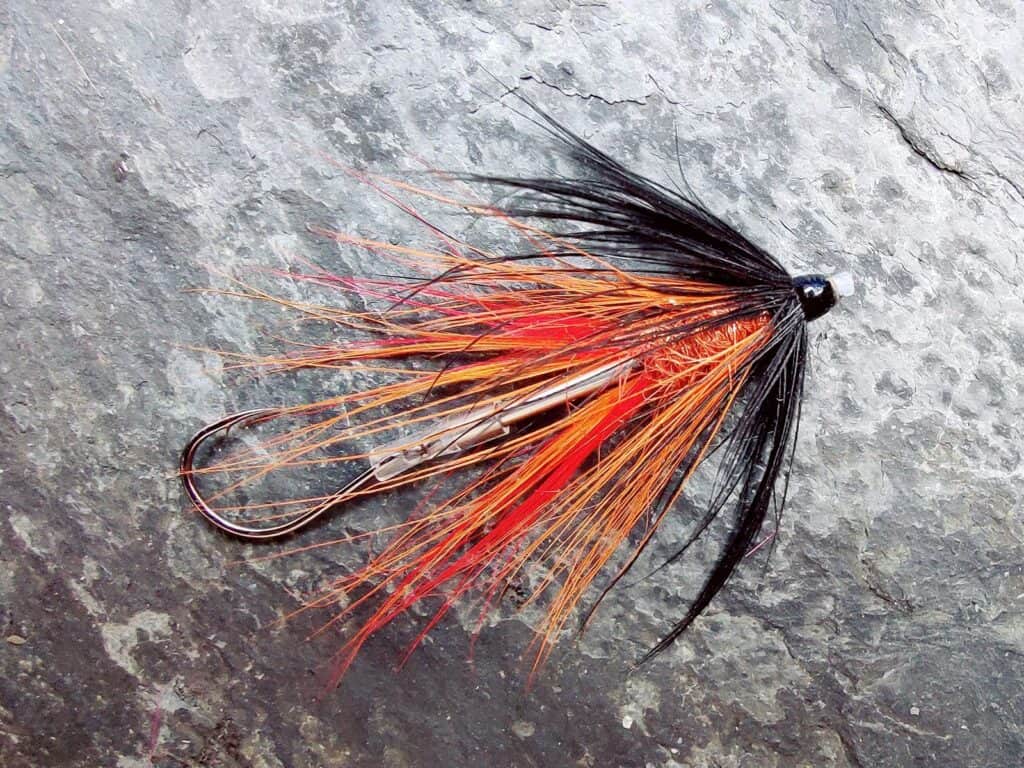
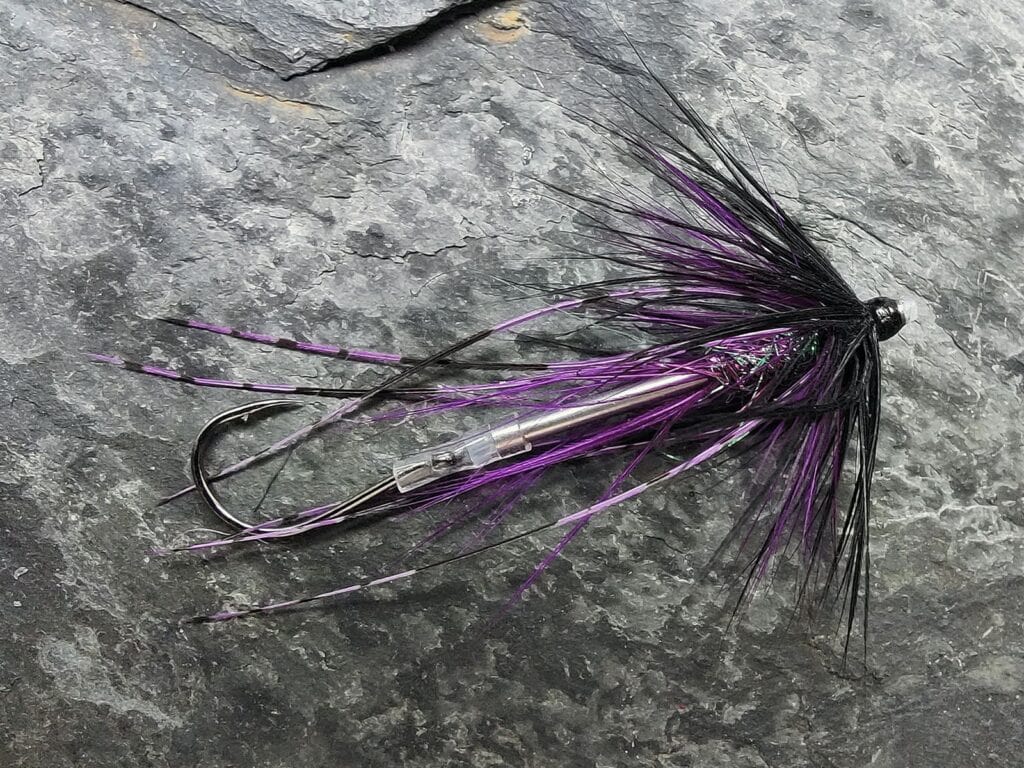
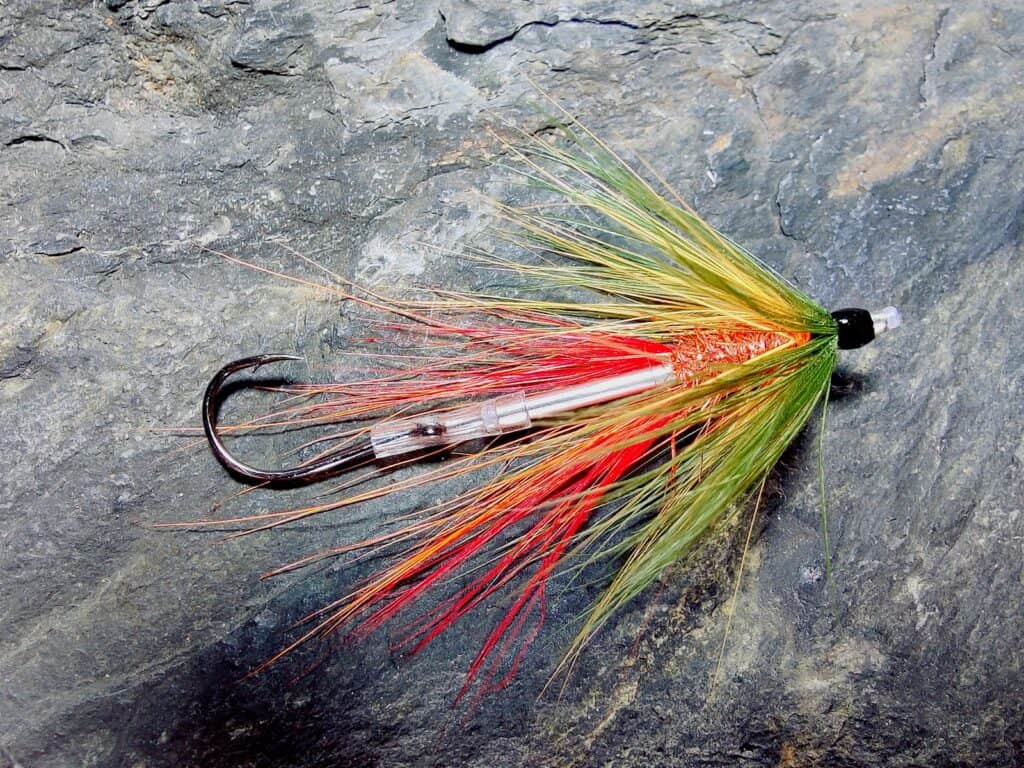
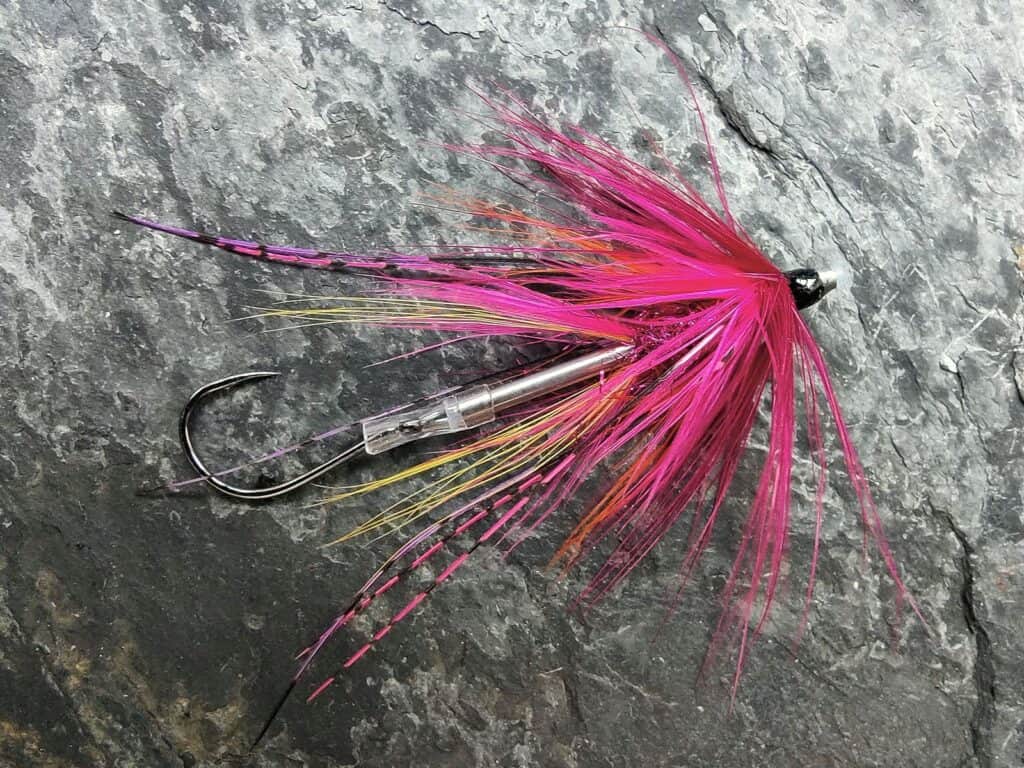
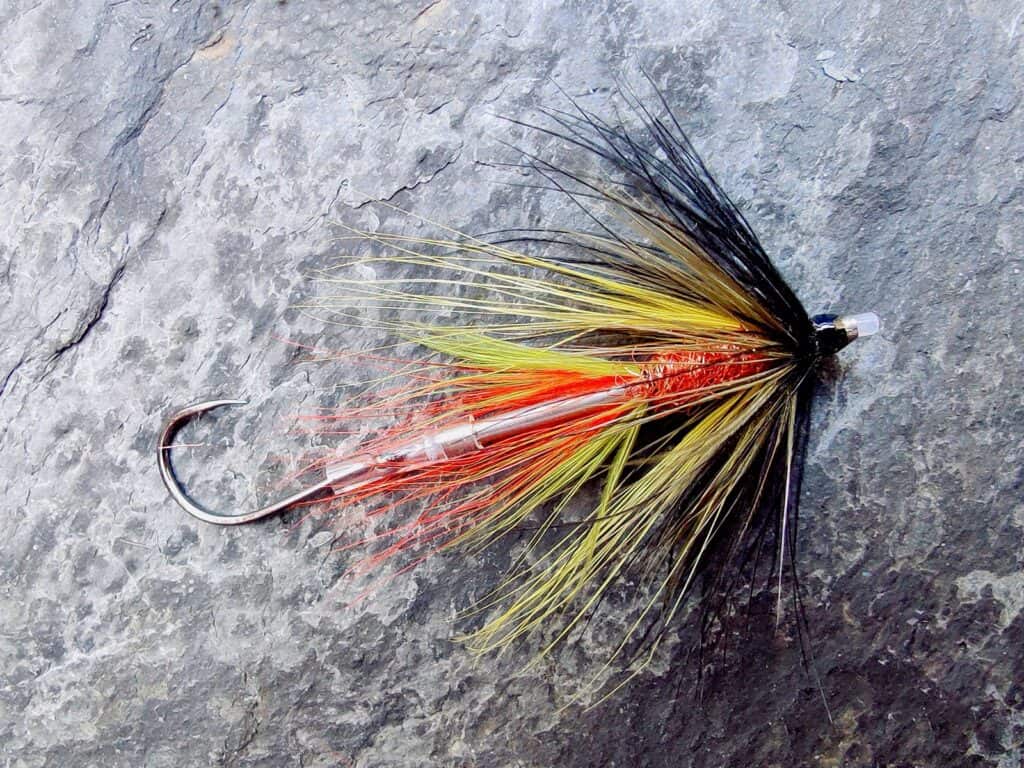
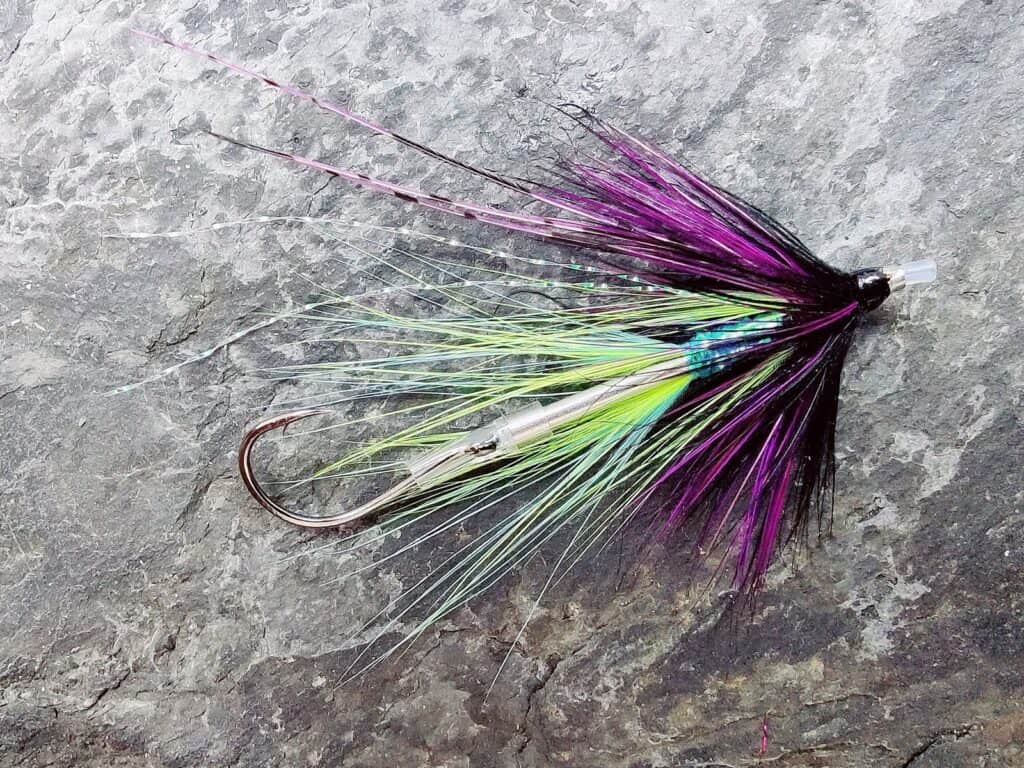
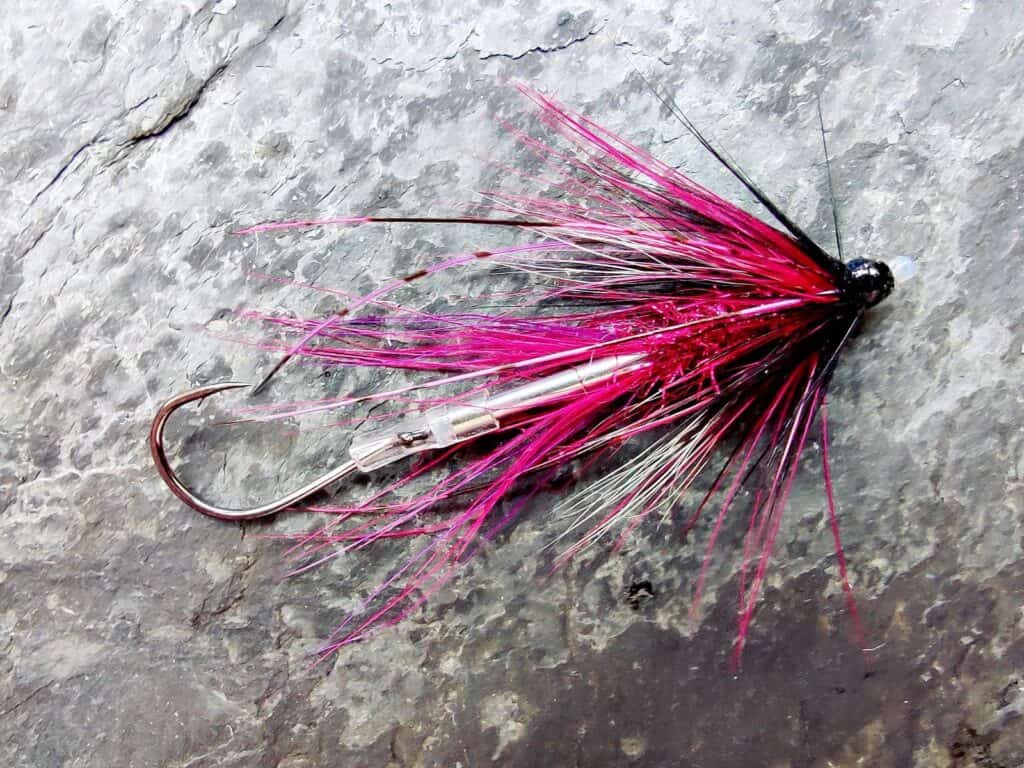
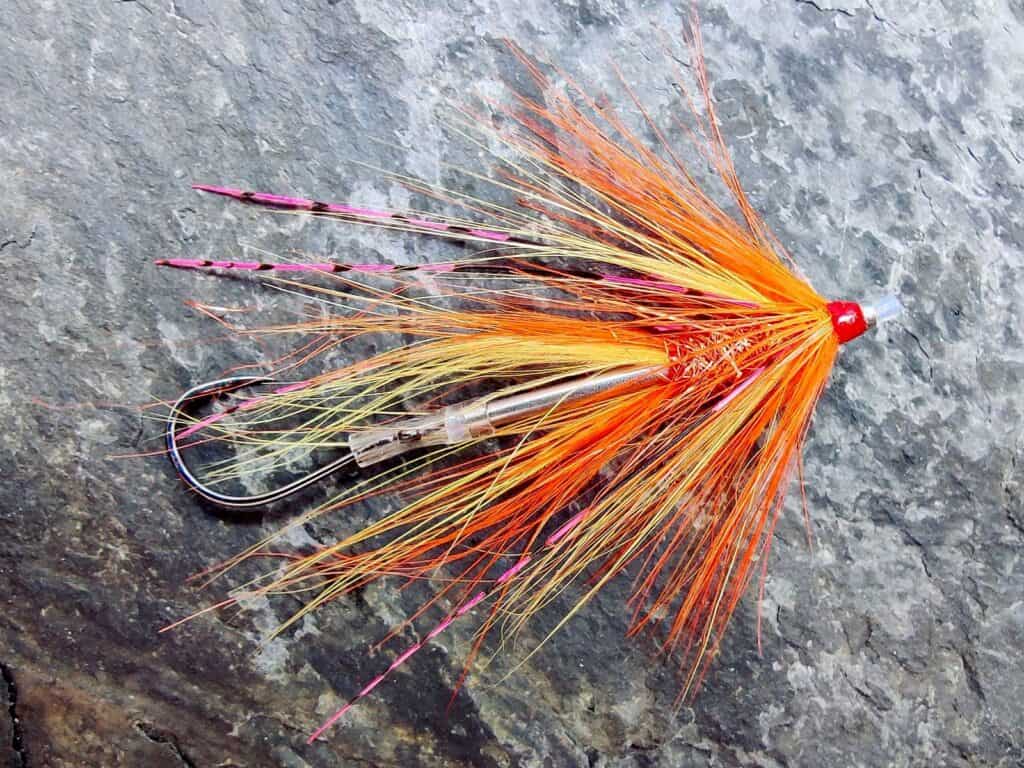
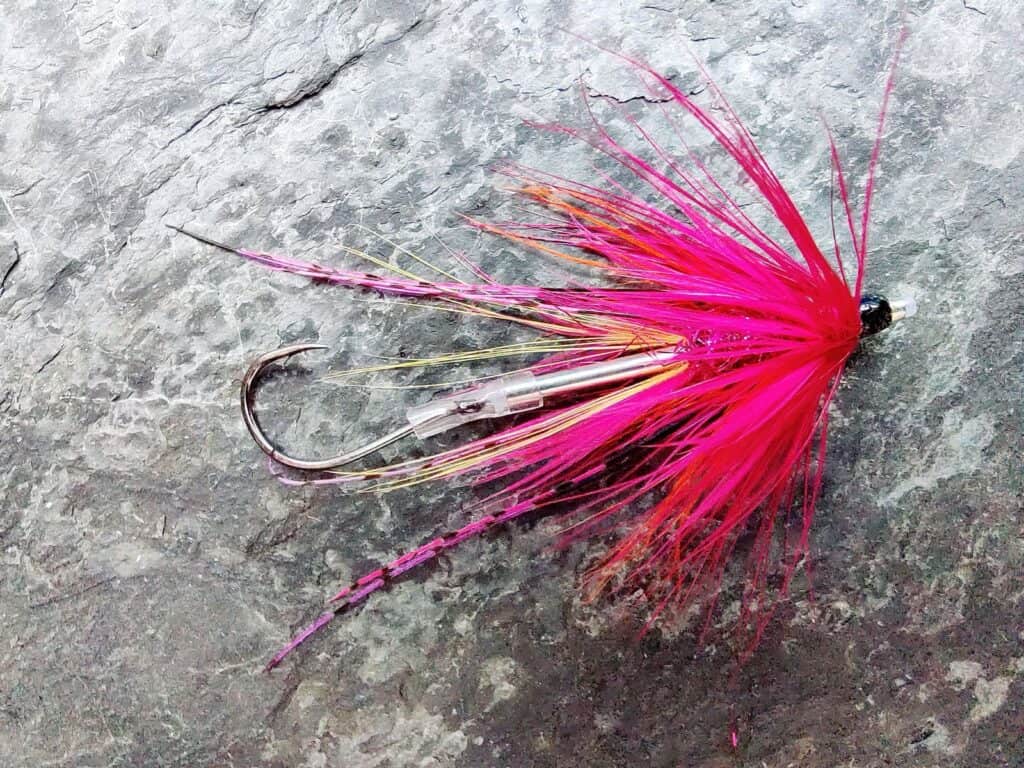
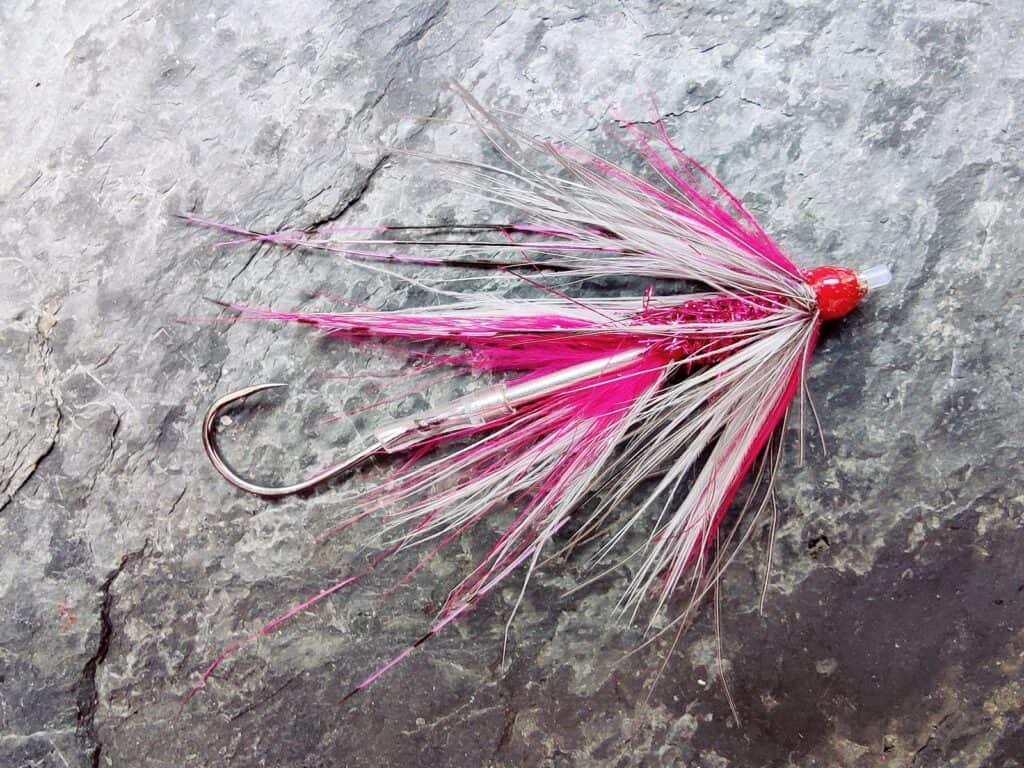
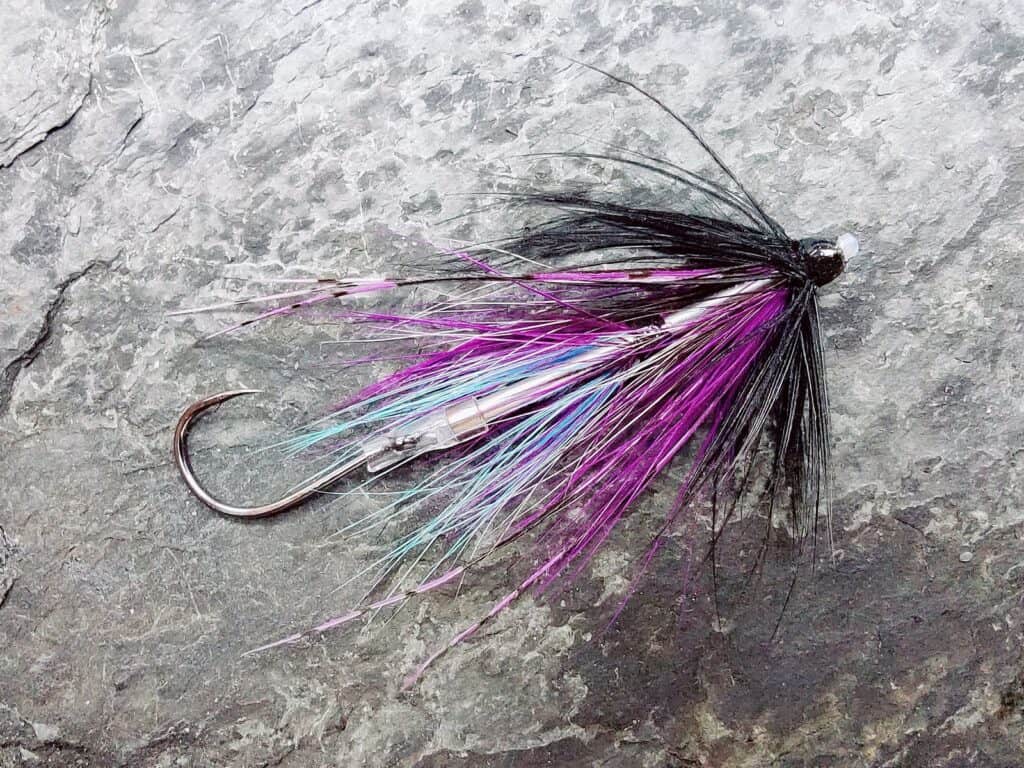
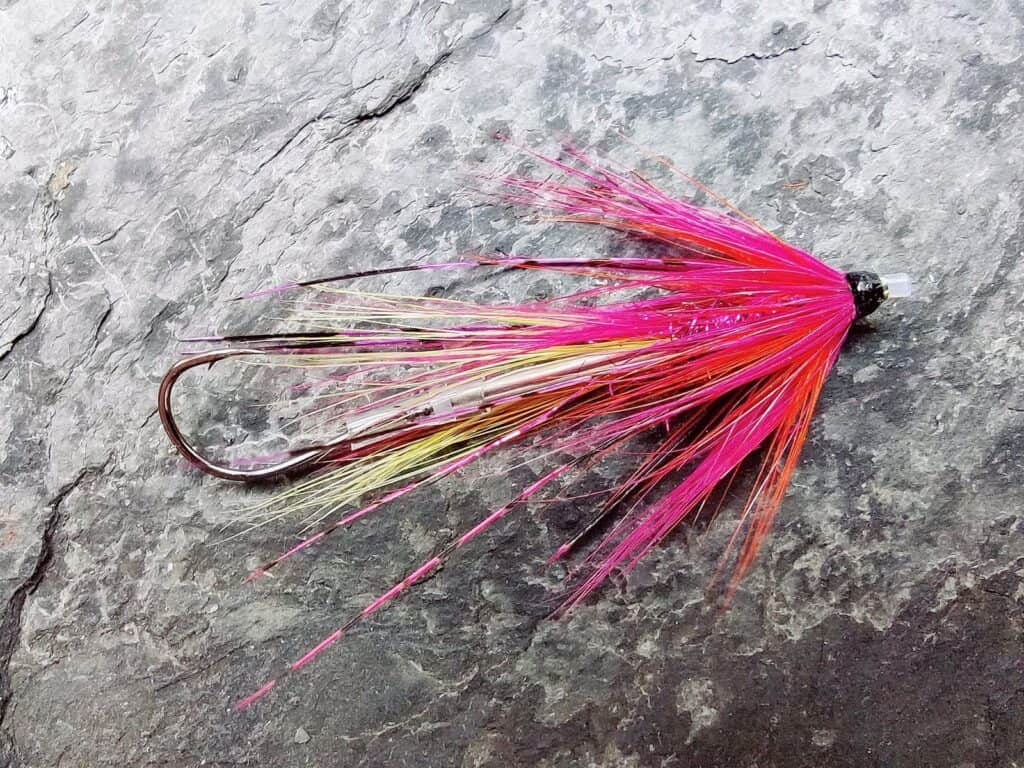
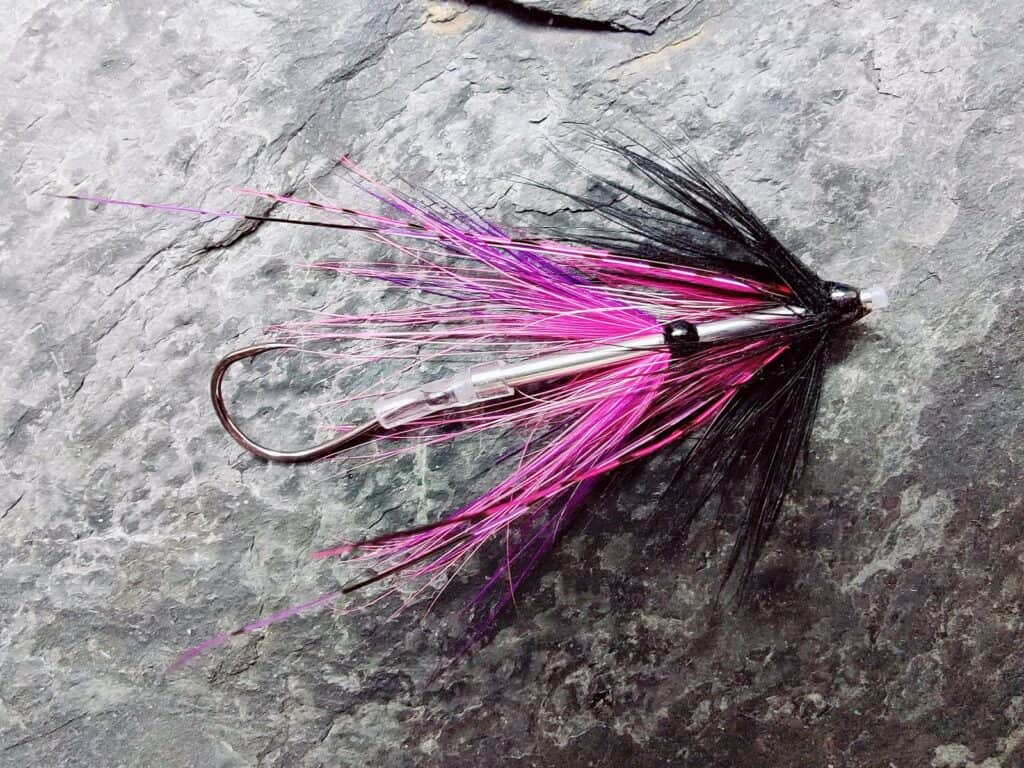
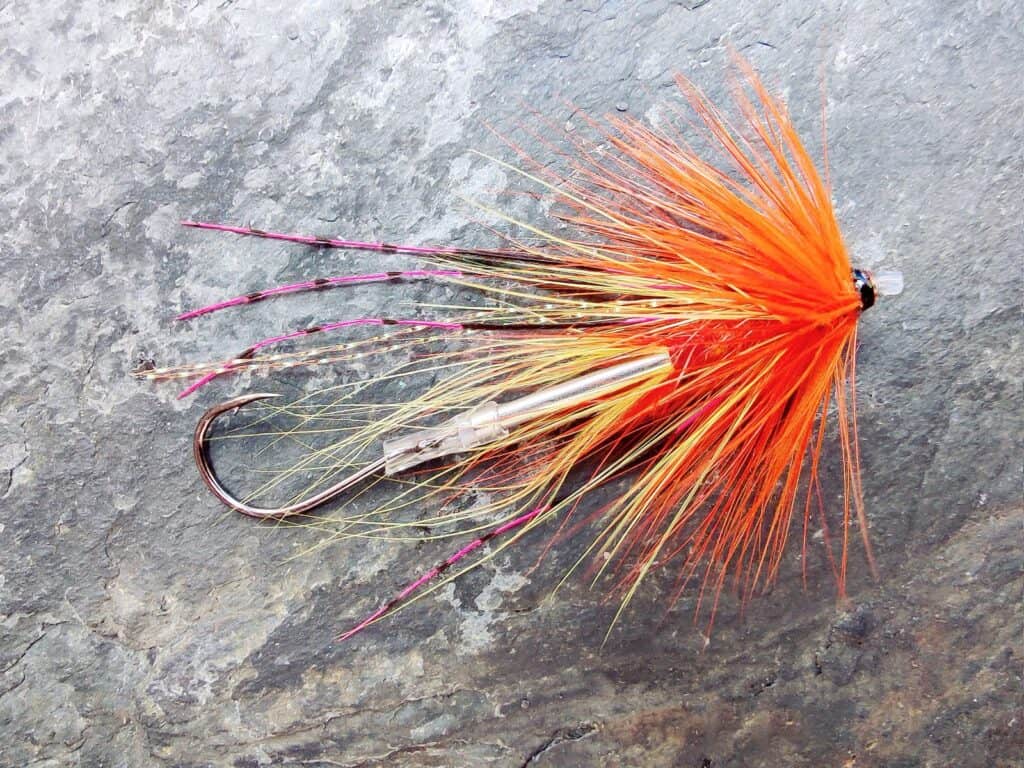
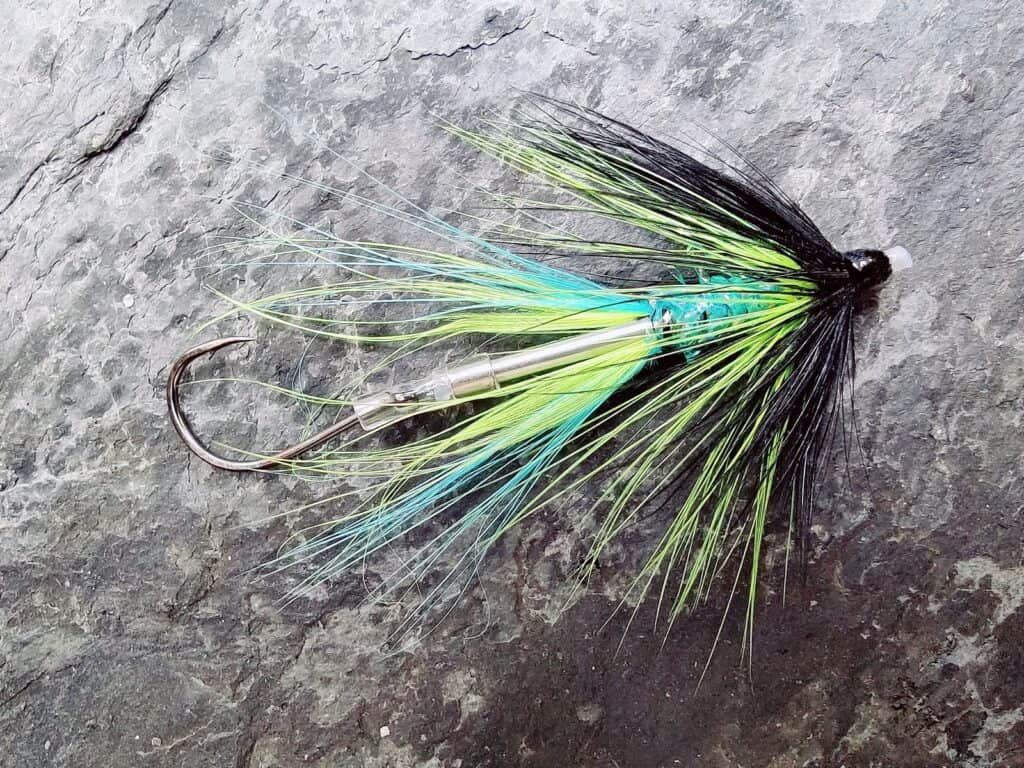
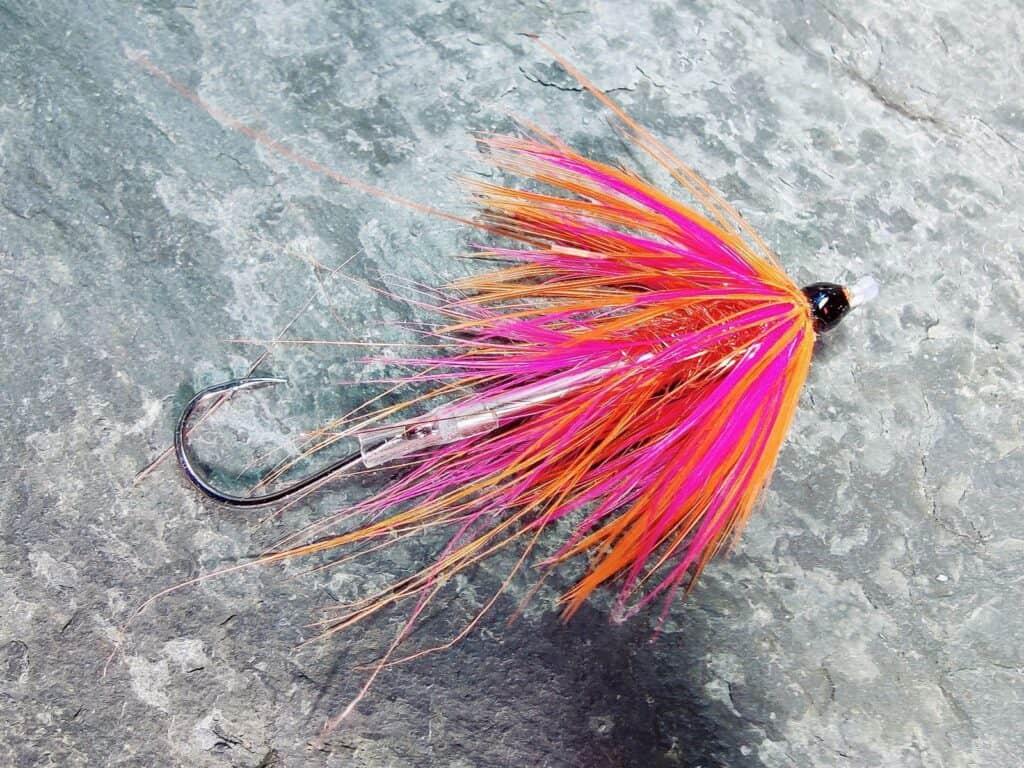
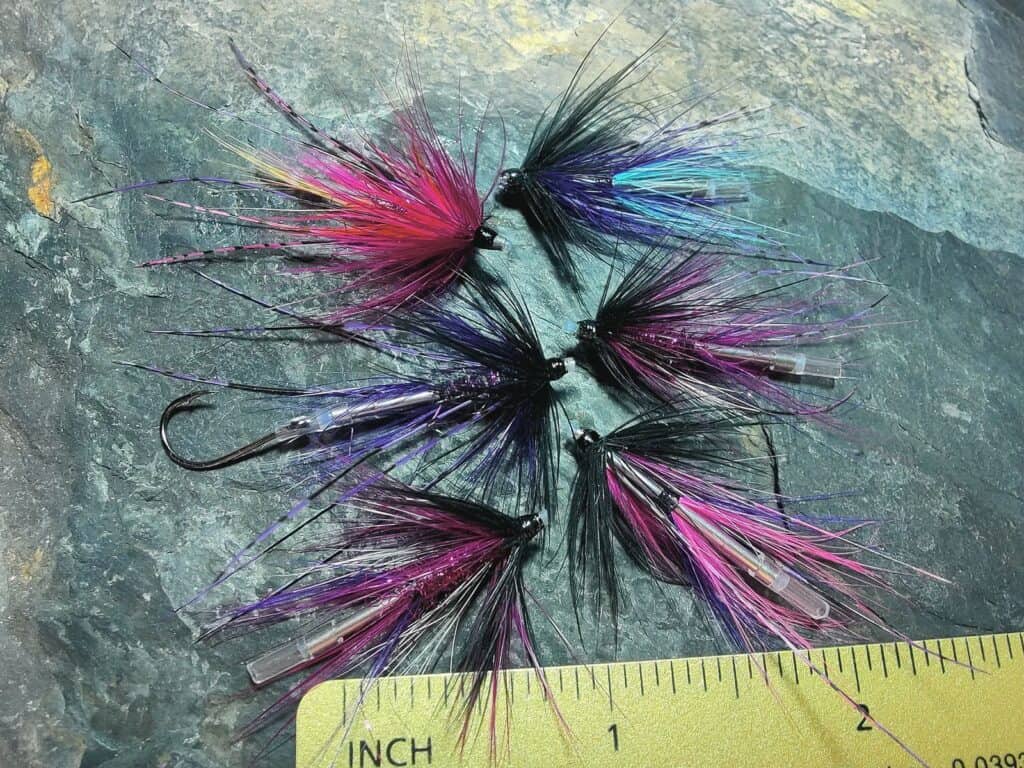
Mini Intruders (or Micro Intruders) dressed on 25mm stainless steel Needle Tubes, diameter 1.5mm. Overall fly length approximately 40mm (one and a half inches). The term “Mini” is of course relative. The flies shown above might be regarded as a fair mouthful for our Scottish salmon or sea trout but they are certainly small in North American Intruder terms, which can be up to six inches or more in length.
see also Steelhead Tinglers
